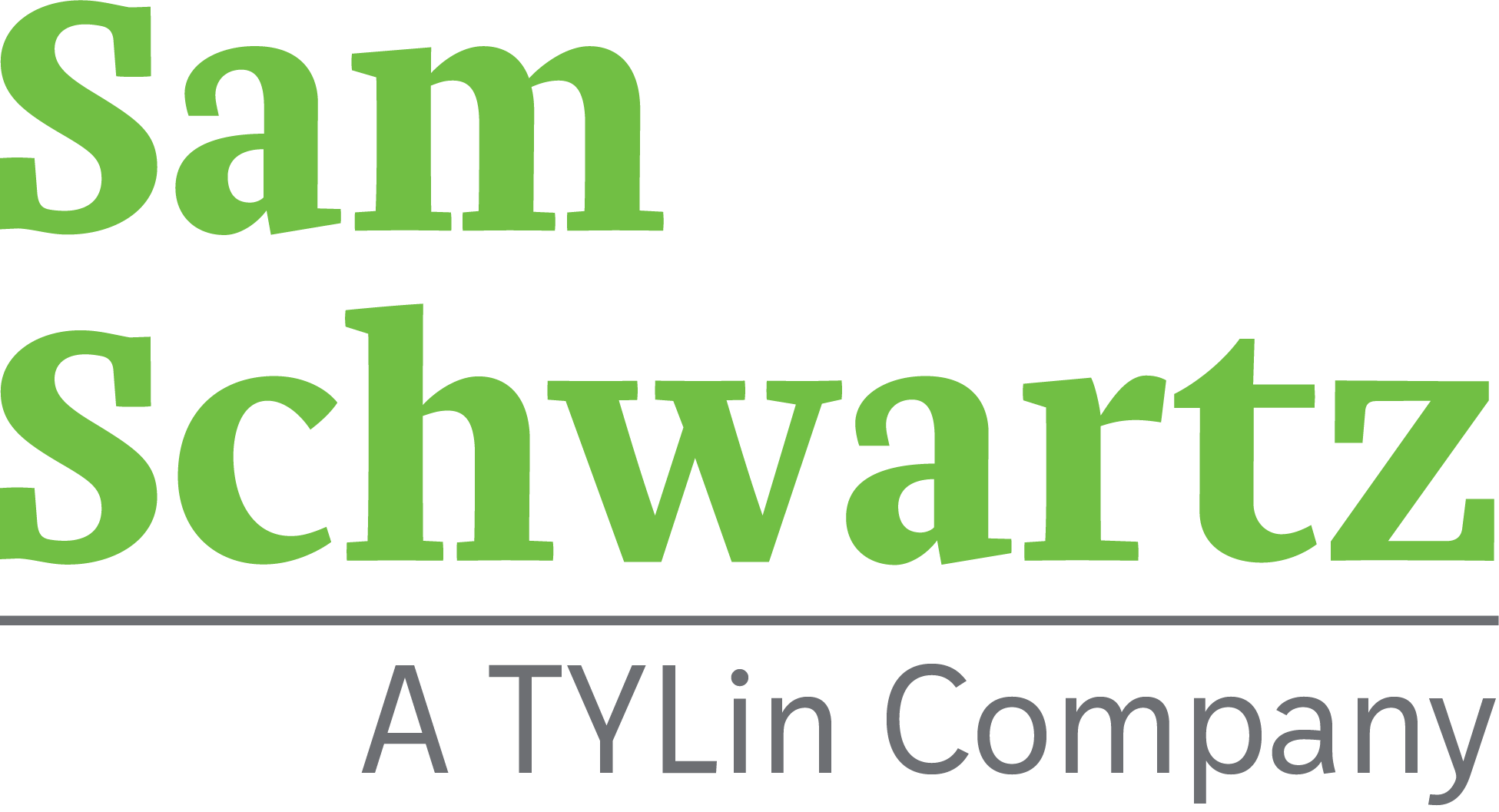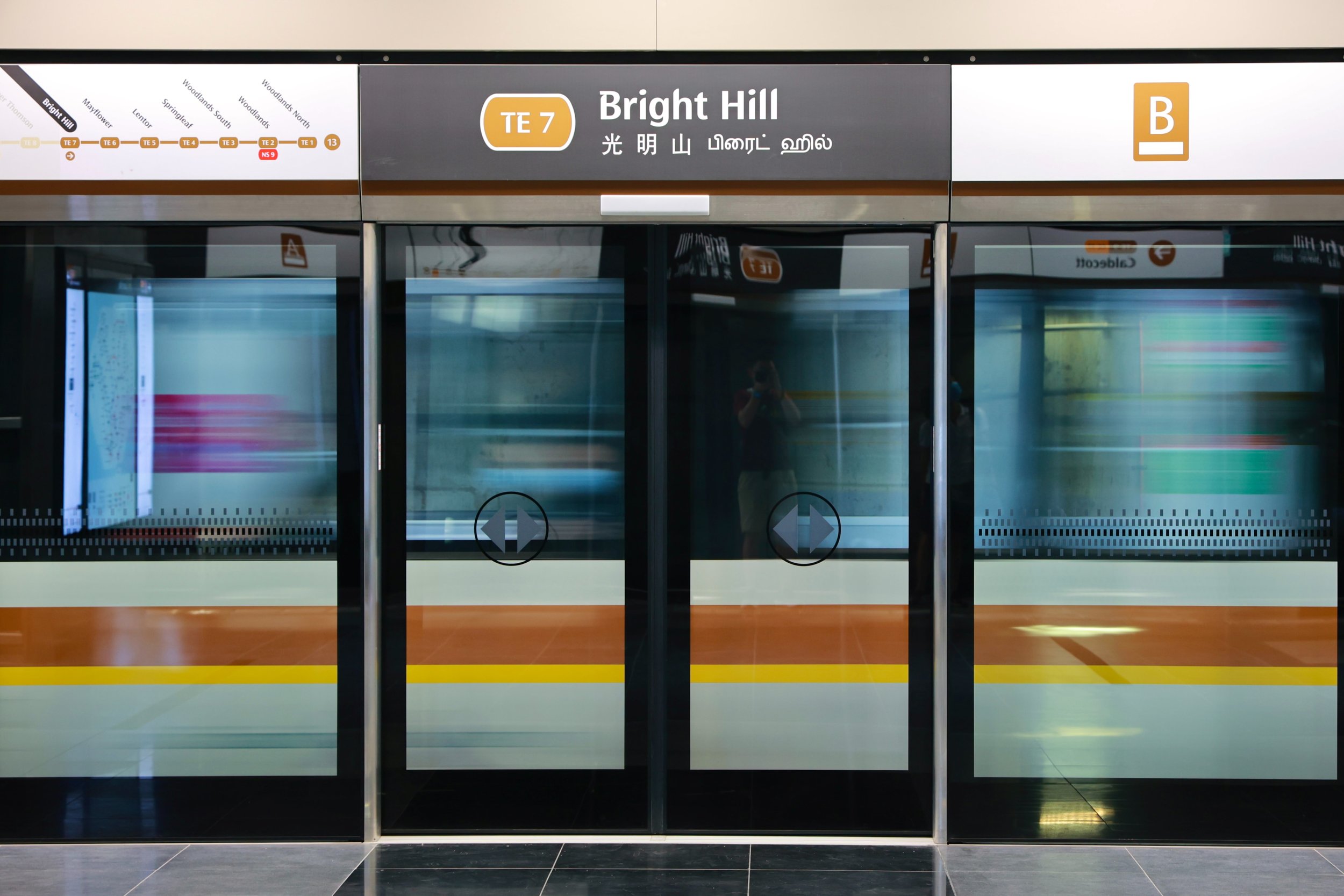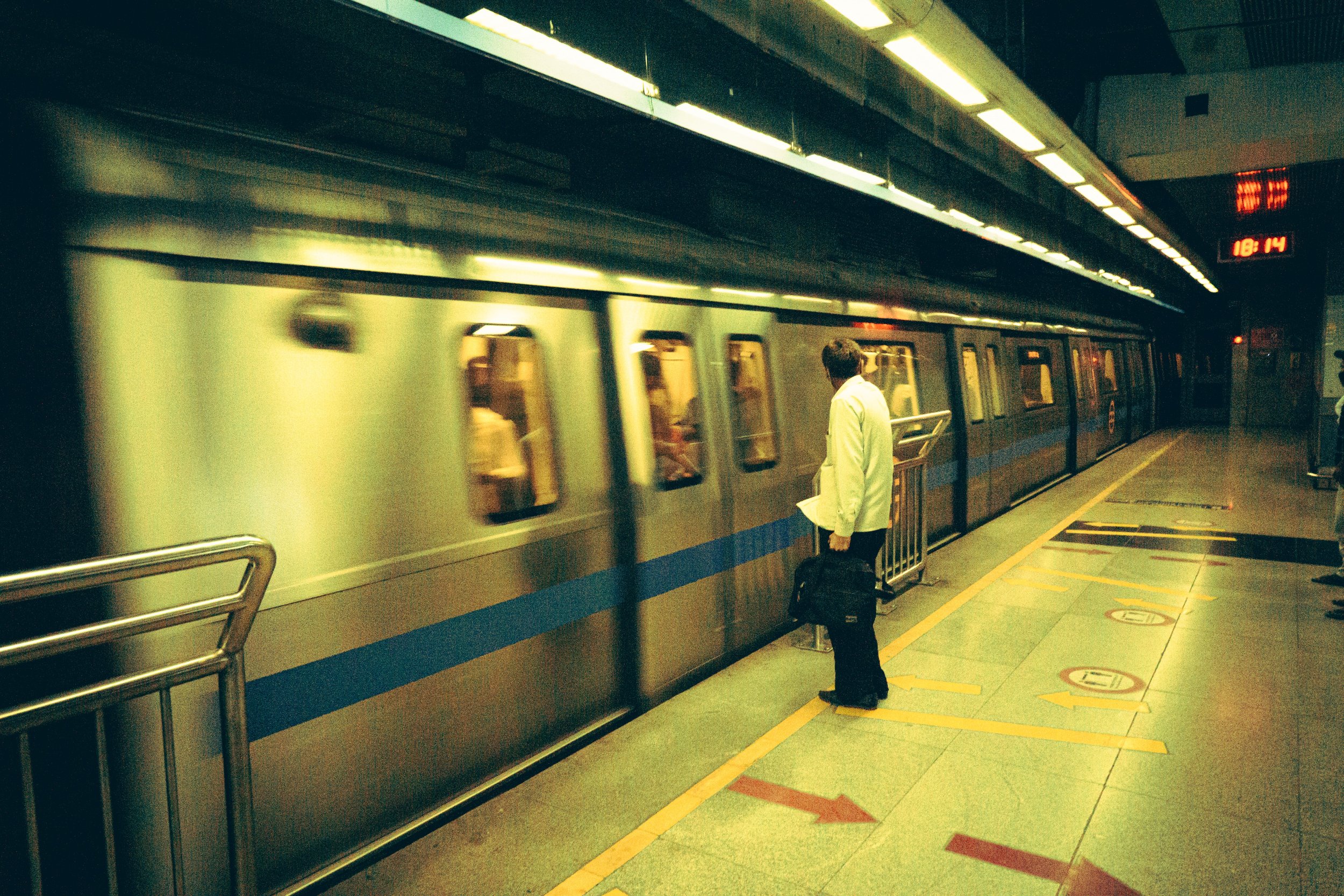Advance Screening: Platform Screen Doors on the NYC Subway
A train passing a Platform Screen Door, Singapore
By Kaylee Moon, Planner
The New York City subway first opened in 1904. Over the course of its ~120 years of operation, nearly 200 other cities have developed their own heavy rail systems with newer technologies. Due to its age and size (28 train lines and 3 shuttles, serving 274 stations), implementing infrastructure and systems which are standard in other places can be challenging in NYC. A recent spate of violent incidents has renewed attention towards one technology that many peer systems employ, but NYC’s lacks: platform barriers.
After ridership plummeted due to the COVID-19 pandemic, there was a rise in violent crimes on transit; in 2021, the rate of violent crime was up compared to 2019, with felony assaults rising by nearly a quarter. Among the most troubling trends has been an increase in subway push incidents, which rose to a total of 30 incidents in 2021. In January 2022, Michelle Go was murdered when she was shoved in front of an approaching R train at the Times Square station in Manhattan. Her death was widely covered in the media and shook many people, including members of Asian American communities already confronting a rising tide of acts of hate.
It is important to know that people being pushed off or falling off the platform is not new, and that every transit user is at risk. The danger extends beyond deliberate acts of violence; injuries and deaths also occur when people try to pick up items that have fallen on the tracks, get caught and dragged by a moving train, or descend to the tracks to help other individuals.
Platform screen doors (PSDs) in stations are one way the MTA (Metropolitan Transportation Authority) could provide a safer environment for transit users. The MTA has recently announced a pilot of PSDs in three stations. Below, I provide details on different barrier options, thoughts on how to implement these technologies system-wide, and other steps that could be taken in the interim to increase safety.
What are platform screen doors?
PSDs are automatic doors installed between the rails and platforms so that there is limited to no access to the rail. There are four types of automatic platform doors:
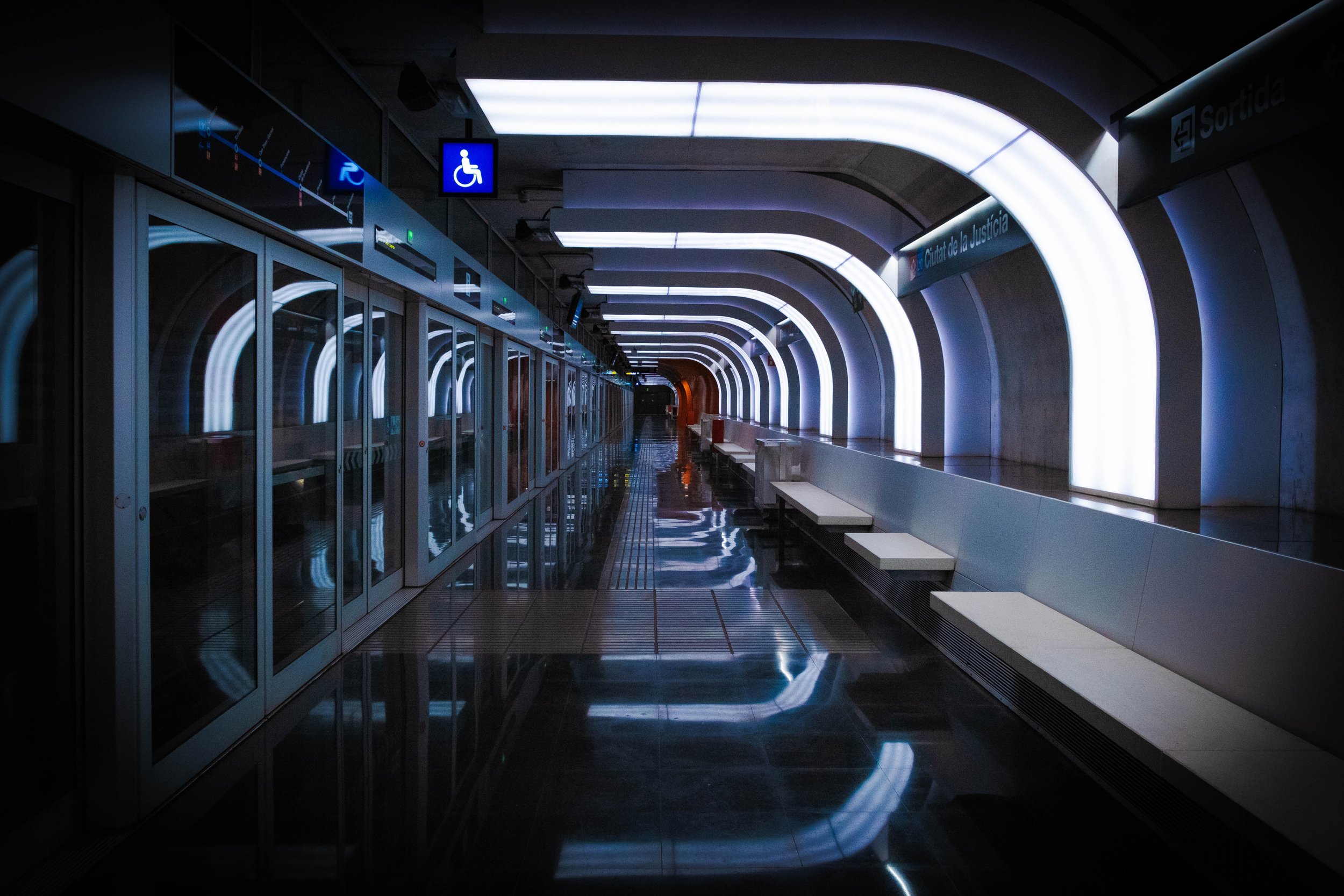

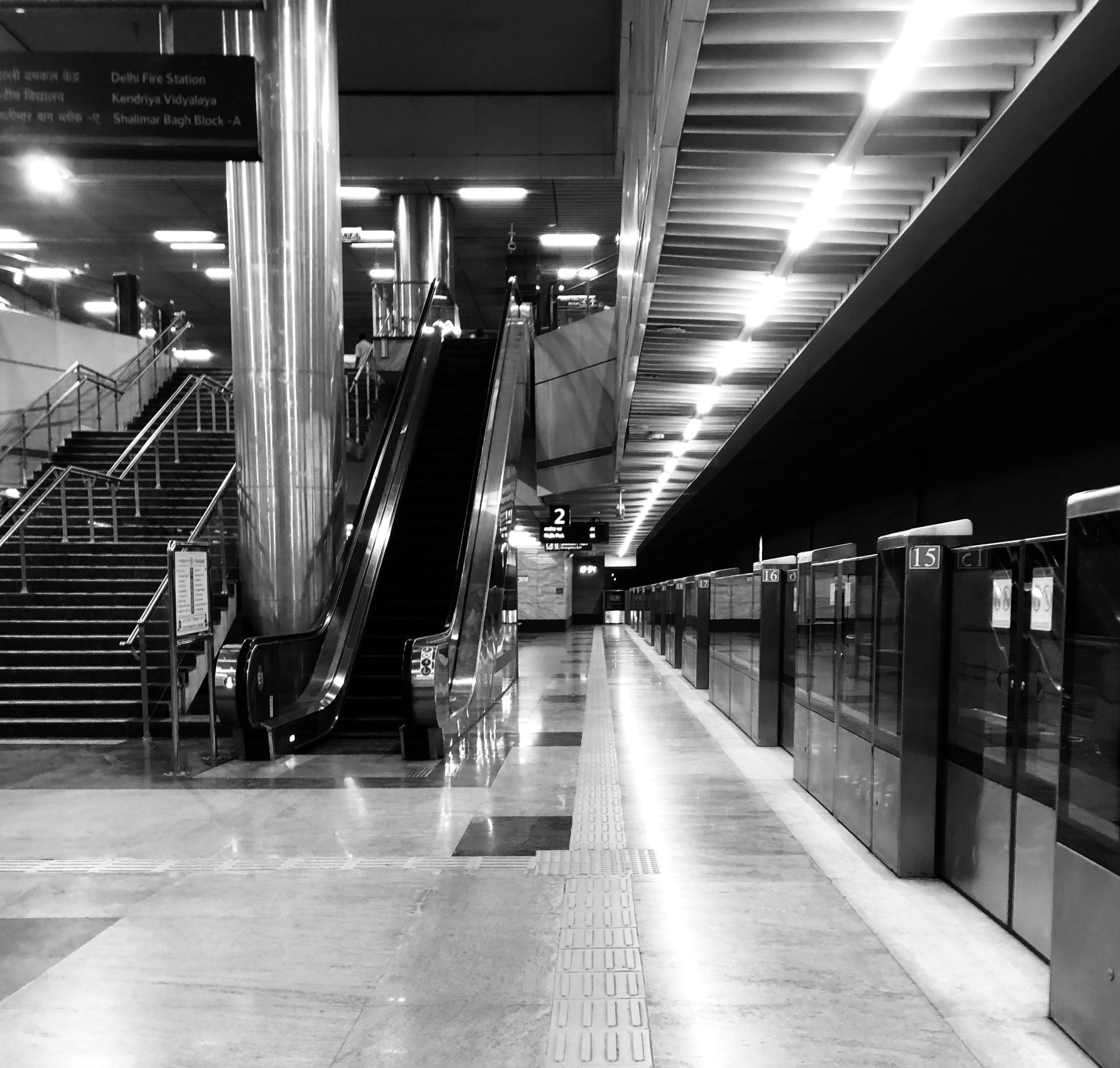
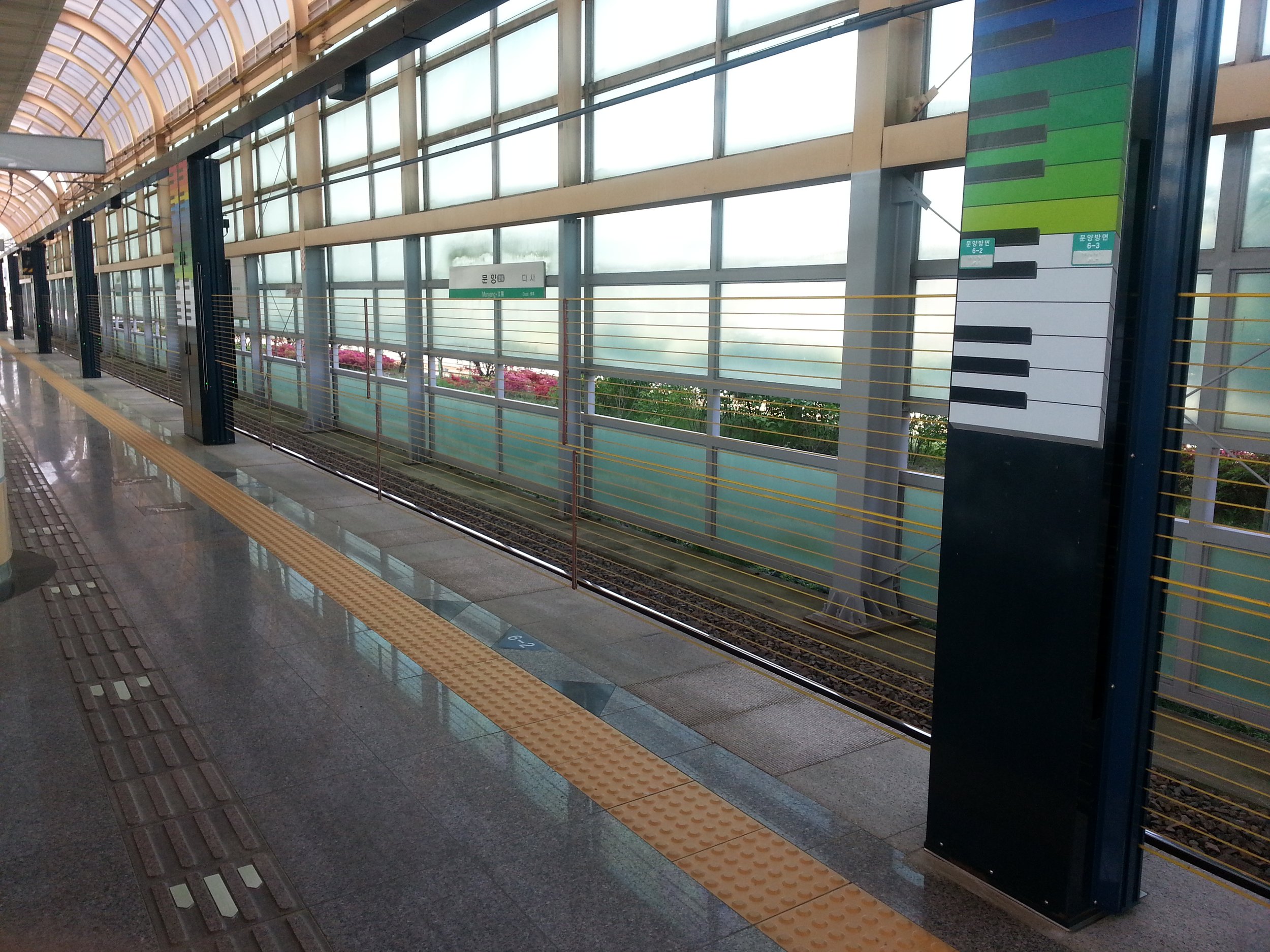
Platform Screen Doors (PSDs) are full-height automatic doors that are fully-fitted to the ceiling. They protect riders from piston effects (the rapid wind that occurs when the train is approaching).
Platform Edge Doors (PEDs) are like PSDs, but do not reach all the way to the ceiling.
Automatic Platform Gates (APGs) are shorter than PEDs and are half-height.
Rope Platform Screen Doors (RPSDs) are a newer type of screen door that slide open vertically. Some operate like garage doors, allowing more flexibility in stopping points for the train.
Restricting access to the tracks with these technologies has numerous benefits. It reduces the number of injuries, suicides, and homicides cases, prevents traumas that conductors and bystanders would otherwise endure, and reduces delays caused by these unfortunate incidents. It prevents accidents, especially for people with mobility issues and visually impaired people. Some barrier types help with the cleanliness of the station, as less dust enters the platform and less litter makes it to the tracks, reducing fire hazard. They may prevent gusts felt by passengers when the trains approach the station. The real estate on these doors can offer a financial benefit through the placement of advertising, or assist with wayfinding.
These are not the hot innovative technology that everyone wants—they are already in place in cities around the world, and even mandated on some systems. In fact, you can already find PSDs at stations served by the JFK AirTrain (the driverless system operated by the Port Authority of New York and New Jersey). There are also stationery barriers in some NYC subway stations (e.g., Canal St. and Cortlandt St.).
Platform Screen Door, JFK Air Train (credit)
What barriers exist to implementing PSDs?
There are a few reasons why it may be difficult to roll out PSDs across the system. The top two are time and money.
Such a massive capital project would require many steps and great expense. The MTA would need to conduct studies, buy doors and other equipment, do construction, retrofit almost 500 old stations, and replace some train cars so that all car doors align with the platform doors. There are engineering issues, such as whether the platform can hold the weight of the doors, whether aspects of the existing station design (such as column locations) can accommodate doors, and whether sufficient power is available to operate automatic doors.
There are also operational issues, such as service disruptions for installation, cost and safety for maintenance and maintenance staff, and adherence to ADA requirements. The system’s 24/7 schedule makes many of the above considerations more challenging than they were for other systems that have undergone retrofits.
What is the path forward?
Subway platform, NYC
As a professional planner and a New York train rider, I think these issues may sound impossible to tackle at once, but they can be tackled one by one. We pride ourselves on living in the greatest city in the world and being “New York Strong.” We have done major projects before: in recent years, we have temporarily closed stations for maintenance, built a new subway line, and redeveloped an airport while it was still operating.
My proposal is to address issues incrementally in different realms. We could categorize all 472 stations into tiers, based on needs and feasibility, such as the width of the platform, crime/disorderly conduct rates inside and surrounding the station, engineering feasibility of retrofitting, and fleet types. These factors could be weighed differently to prioritize construction.
There are many best practices from around the world we could learn from as we undertake this effort. We could consult agencies not just within North America, but also from cities in Africa, Asia, Europe, and Latin America that have benefited tremendously from PSDs.
We also need to tackle safety issues from different angles in the short-term. These include (but are by no means limited to):
Public engagement: We need robust community engagement campaigns focused on transit safety. We have done massive public engagement campaigns recently on masks and vaccines. We could do the same on public safety and reducing violence.
Maintenance and enforcement: We need more transit public safety staffing, and this does not have to mean police. To cite another system I am familiar with, in Seoul, every metro station is staffed by beautification, administrative, and operations personnel who serve as the first line of response for incidents; police are only dispatched for specific situations where they are deemed necessary.
Physical temporary barriers, Delhi
Physical temporary barriers: Barriers are lighter and less bulky than permanent door installations, yet they do protect riders from falling. Our founder Samuel I. Schwartz, PE has suggested this low-tech, low-cost, easy-to-install idea could be a good interim solution in many locations. It also had precedents in some systems. For example, in Seoul, they were deployed effectively in many stations before PSDs were installed.
Though it will likely take a long time and great expense, we should think of this as a generational effort, one which will greatly benefit tomorrow’s riders. We need to prioritize the safety of all New Yorkers and come together to install these lifesaving barriers.
